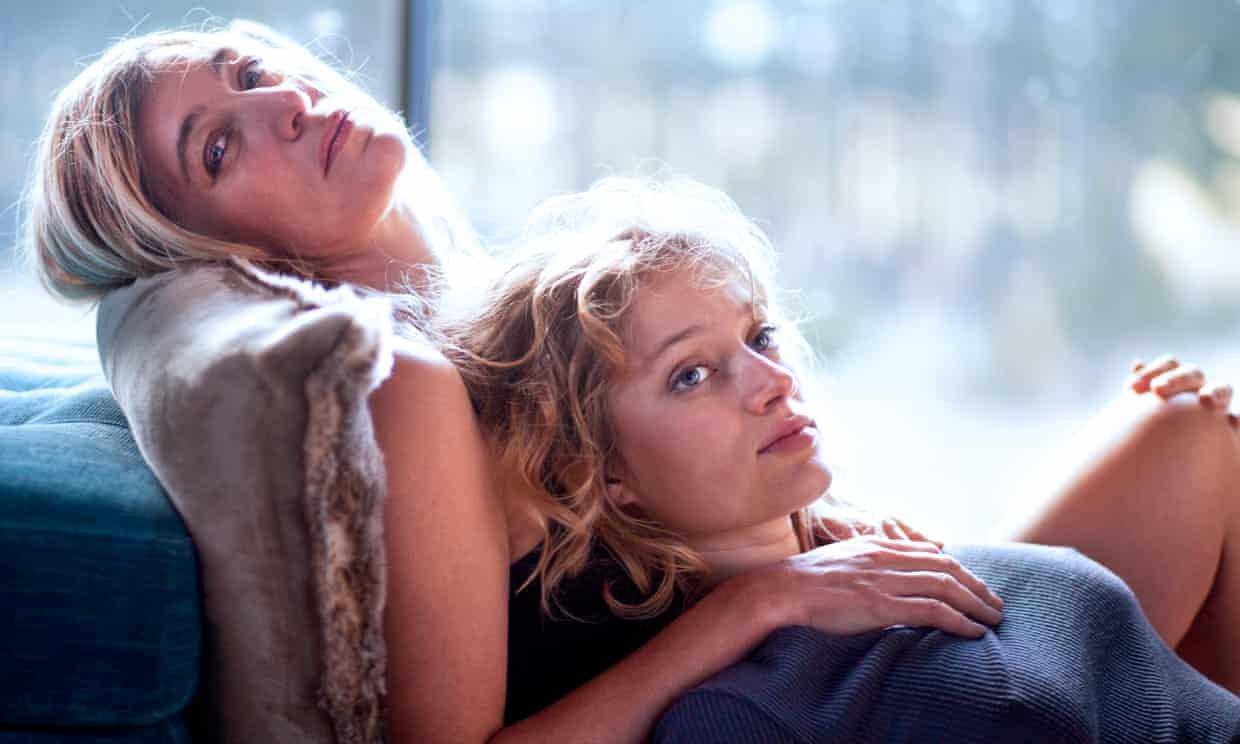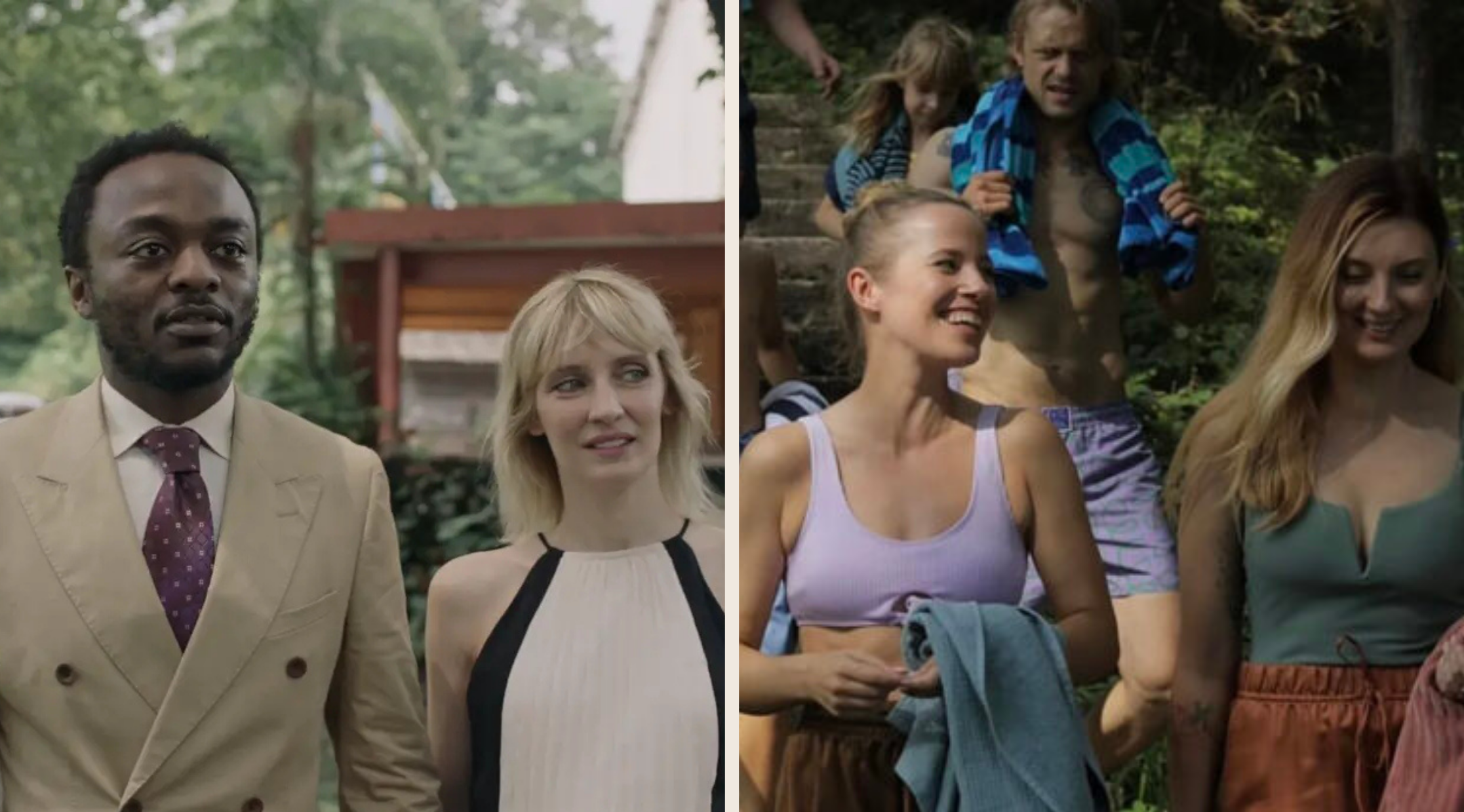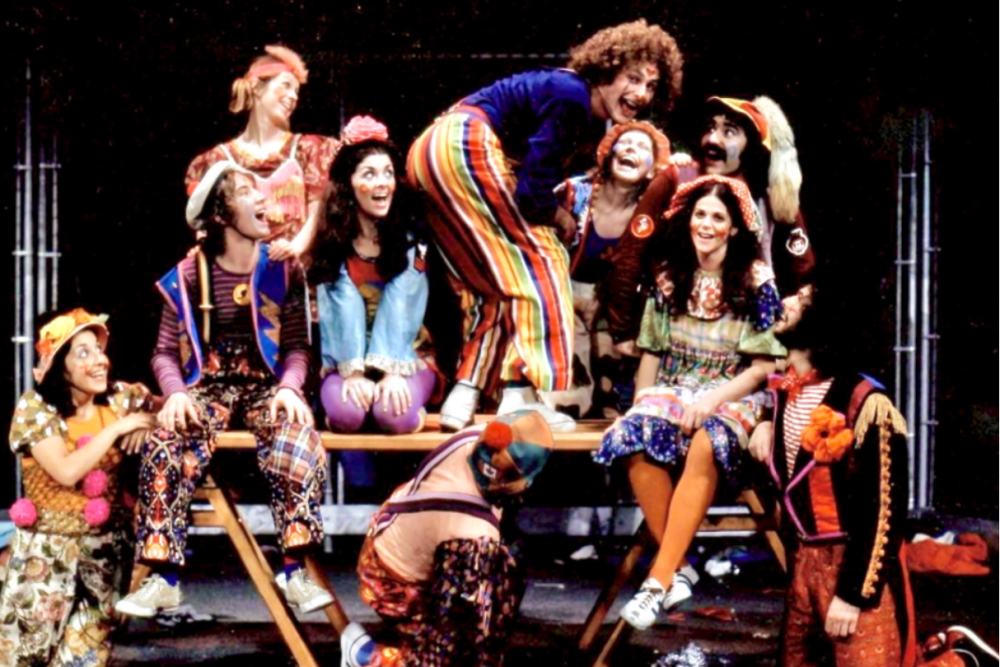Film review: Only the Animals tells an engrossing mystery from multiple points of view
Perspective-playing structure reveals the grim lengths lonely characters will go to for love
Valeria Bruni Tedeschi and Nadia Tereszkiewicz in Only the Animals.
Only the Animals screens at VIFF Centre from November 7 to 10
DOMINIK MOLL’S cleverly constructed mystery Only the Animals is a multidimensional puzzle, where the picture changes depending on the angle you look at it.
He tells the story in five carefully shot chapters, named for separate characters. Each one rewinds the plot to take that person’s point of view—providing a drastically different understanding of events with each new installment.
Part of the thrill watching Only the Animals is discovering new sides to the story of love, loneliness, cruelty, and deception. The setup starts from the perspective of Alice (Laure Calamy), a neglected farmer’s wife who’s having an affair with a grieving loner named Joseph (Damien Bonnard). His strange behaviour makes him an instant suspect in the disappearance of Evelyne (Valeria Bruni Tedeschi), a Parisian who has a vacation home on the same rural plateau. When Alice’s surly husband (the fantastic Denis Ménochet, who you’ll recognize from the opening scene of Quentin Tarantino’s Inglourious Basterds) shows up with a bloody nose, she assumes he’s had it out with Joseph.
But nothing is ever as it first seems in an engrossing story that takes us from the snow-dusted French countryside to the dirt streets of Abidjan, Ivory Coast. Each of the characters is desperately alone, their longing and unrequited amour fou leading to fateful mistakes that form a kind of domino effect across interlinking storylines. And almost any one of them could be to blame for Evelyne going missing.
It’s darkly entertaining, in a Hitchcockian way. Moll seems to be trying to say something about social status and the way it permits people to behave—privilege allows a bourgeois older woman to use a young waitress for sex, for instance—but mostly, this is about the rash acts we’re willing to make in the name of desire.
It's not like the rewinding, nonlinear framework is new; directors from Tarantino to Christopher Nolan have used a similar zig-zagging structure. But what sets Only the Animals apart is its specific settings—Moll turning cattle stables, hay mows, and farmhouse kitchens into a kind of chilling rural noir. Only the Animals shows that ordinary people in everyday situations are capable of extraordinary acts, at least when obsessive love and loneliness are involved.













